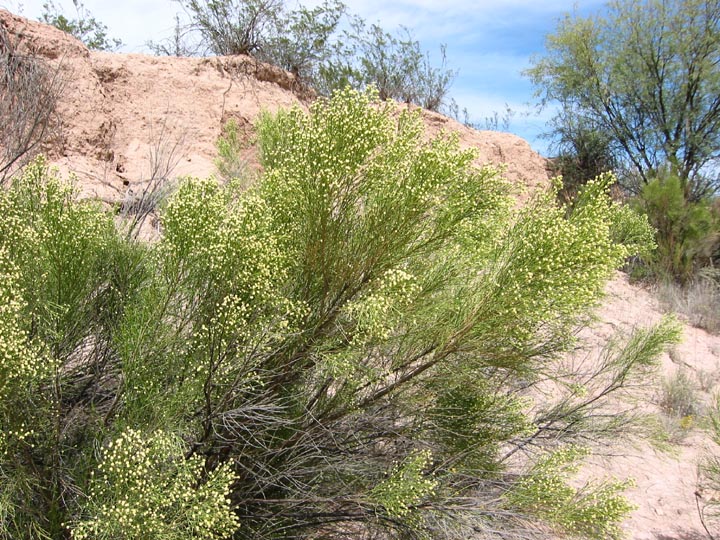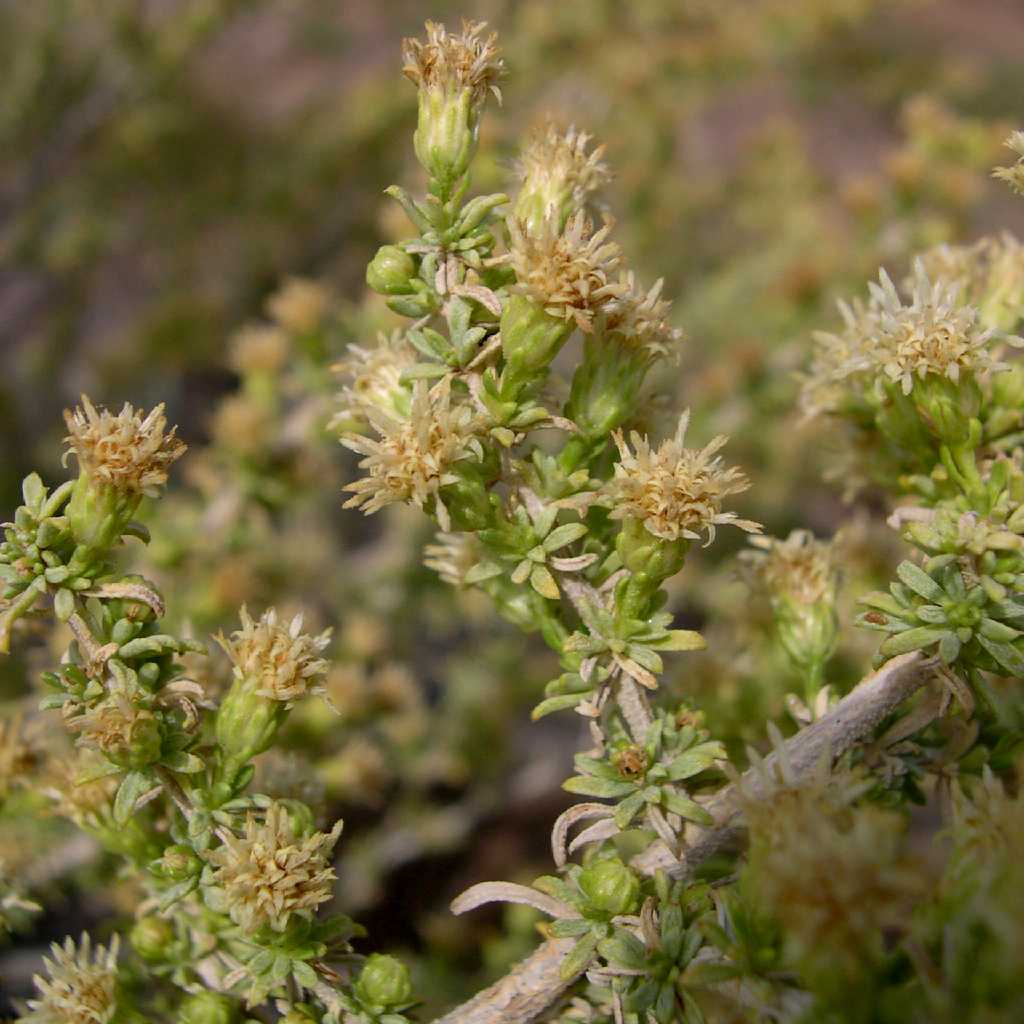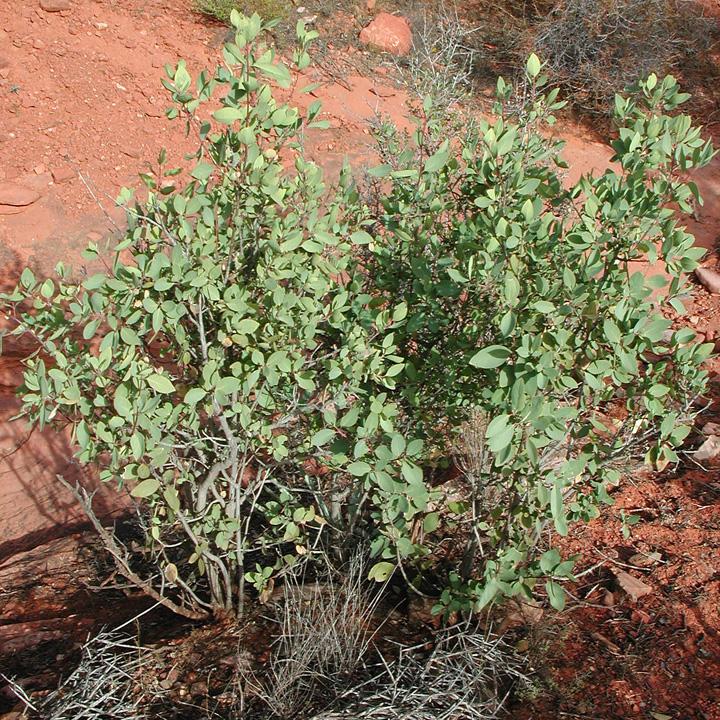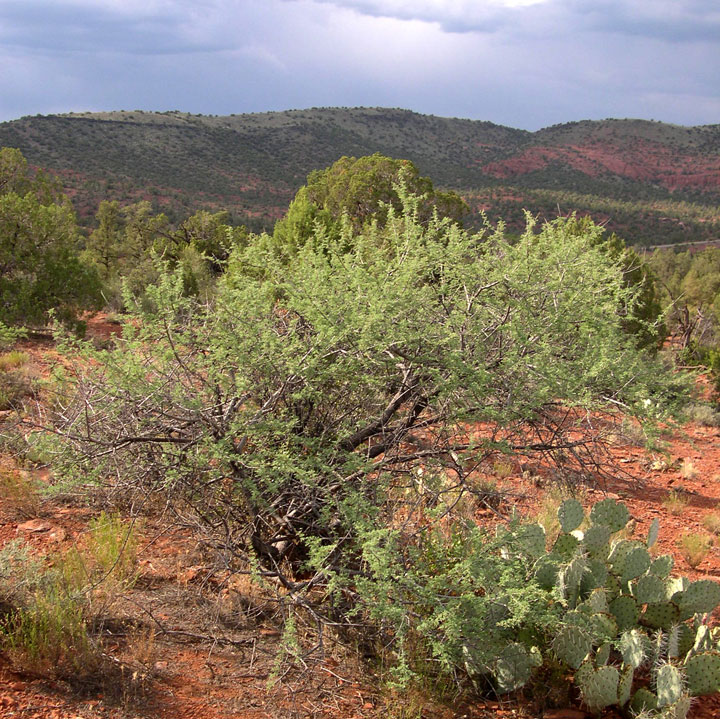In A Sampling of Flora in the San Rafael Valley: Grasses, I mentioned how I’d recently picked up a plant identification book after years of slowly falling in love with the different flora that grows in this region. Part of this decision was thanks to first time I’d gone out into the field with our Springs Specialist, Sami Hammer, and trailed after her into canyons as we hunted for water sources.
She’d patiently coached me through springs plant identification, introduced me to deer grass, horsetail, walnut trees, and canyon grape, and to my surprise … the information stuck. That day, I discovered that searching for plants, learning their characteristics, and looking up their common and scientific names could be more than just a routine field chore. Instead, it could be fun!
If you’re ever out seeking springs for us, it’s easy and rewarding to get into plants, too. Here’s a resource I recommend if you want to start studying plants (scroll down for our photo guides), or you can read any number of our Flora Features for quick plant information and ID tips.
Related Reading: A Quick Guide to Springs in the Sky Islands
Now on to part two where we’ll cover a few of the shrubs I found in the valley!
Desert broom:
Desert broom (Baccharis sarothroides) isn’t just found in the San Rafael Valley; it’s common across the Sky Island region and I find plenty of it where I live in the Mule Mountains. Desert broom is typically identifiable by the tall, bushy green leaves that cluster together at the top of each stalk and look like an upside broom—hence the name.
In the fall, generally August to November, desert broom produces star-shaped white or yellow flowers that eventually go to seed. The pollen, considered a moderate allergen, is also notorious for making people sneeze.

Photo credit: Liz Makings. Retrieved from SEINet Portal Network, 2021. Swbiodiversity.org/seinet/index.php.
Yerba de pasmo:
Like desert broom, this plant is another one in the Baccharis genus/Asteraceae family. Scientifically called Baccharis pteronioides, yerba de pasmo grows close to the ground. It has woody stocks and produces tiny green leaves and round yellow-brown blooms in the spring (April-June).
Fun trick: I only remembered the name of this plant when I started paring it with a common yerba I knew – yerba mate. These kinds of associations can be really helpful for cementing names, places, and ideas!

Photo credit: Max Licher. Retrieved from SEINet Portal Network, 2021. Swbiodiversity.org/seinet/index.php.
Cudweed:
I couldn’t tell you why, but I really like cudweed (Gnaphalium palustre).
Maybe it’s the clusters of tiny white flowers at the end of each pale green stem, or the fact that some of the flowers are a little bit shiny right before they go to seed and look like Christmas tree tinsel when hit with the right patch of desert sunlight. It could also be the plant’s attractive tomentose leaves (called thus because they are covered in fine woolly hairs—think lamb’s ear).
Or maybe it’s just the name, which is both silly and straightforward, though some say the plant is toxic to cattle and people. To be on the safe side, we don’t recommend trying to eat it.

Photo credit: Keir Morse. Retrieved from SEINet Portal Network, 2021. Swbiodiversity.org/seinet/index.php.
Silktassel:
I found some silktassel (Garrya wrightii) growing beneath an oak tree in the valley and stared at it for quite some time, with some flipping through my plant ID book sprinkled in, before I could quite figure out what it was.
The plant’s smooth, teardrop-shaped leaves threw me off. It reminded me of a manzanita bush with green foliage and small, apple-like fruits, but the woody branches were grey, not red, and the leaves were a little too big—think the length of your thumb and twice the width.
Silktassel is native to the southwest. It’s an evergreen plant and blooms in the spring, producing fruits that start out green but eventually ripen to a darker bluish-black tone. According to Southwest Desert Flora, silktassel prefers to live within Chaparral, Pinyon-Juniper, Emory Oak, and other native tree communities.

Photo credit: Max Licher. Retrieved from SEINet Portal Network, 2021. Swbiodiversity.org/seinet/index.php.
Catclaw Acacia:
Oh, catclaw (Acacia greggii). Or maybe “ouch, catclaw!” is the better way to describe this native perennial shrub—or sometimes a tree, depending on the size of its growth. If you’re any sort of hiker or camper, you’ve very likely had a thorny run-in with catclaw—and likely didn’t come out on top. I know I have a ton of scars now from being caught in catclaw’s unwanted embrace.
There are several different types of acacia in the southwest. Catclaw in particular stands out because of its thorns, which curve backwards toward the stem. Its leaves are small, and each leaf (which is called a bipinnately compound) has six small branches—or pinna—of leaflets. The wooded part of the plant is reddish-brown, and in the summer, catclaw produces fluffy cream-colored flowers that, when seeded out, remind me of bottle brushes.

Photo credit: Max Licher. Retrieved from SEINet Portal Network, 2021. Swbiodiversity.org/seinet/index.php.
